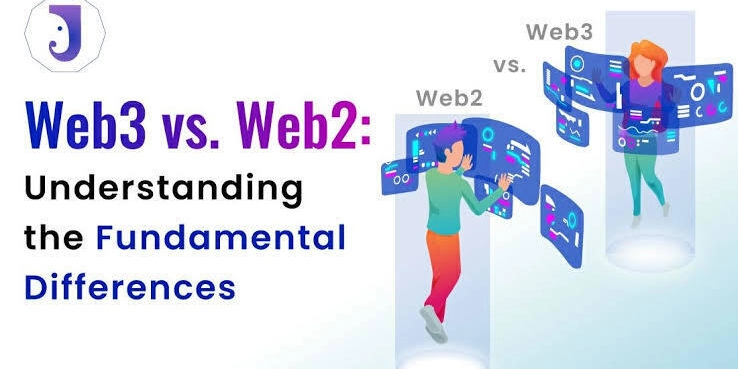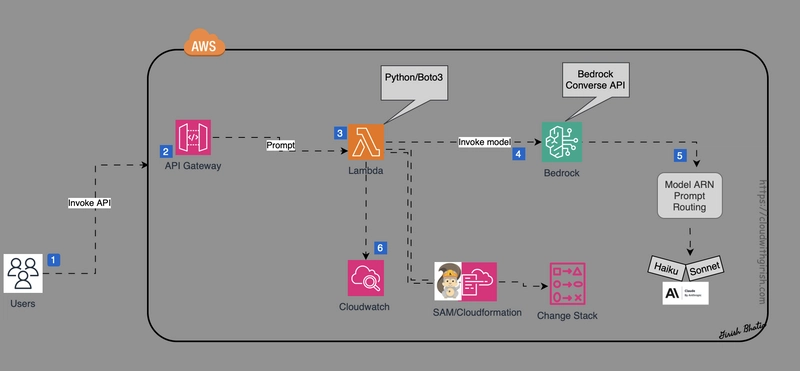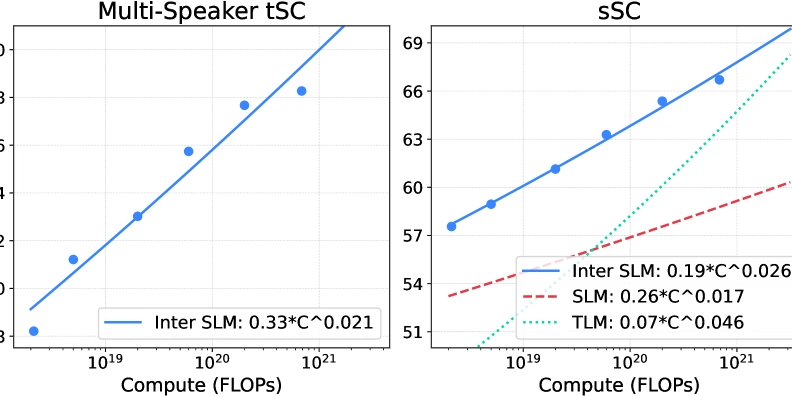Web3 vs. Web2: How dApps Differ from Traditional Applications
Introduction The internet has evolved dramatically over the years, from static Web1 pages to interactive Web2 applications, and now to the decentralized promise of Web3. But what exactly sets Web3 decentralized applications (dApps) apart from traditional Web2 applications like Facebook, Google, and Amazon? In this article, we’ll compare Web2 vs. Web3, explore their key differences, and examine how dApps change the way users interact with the internet. What is Web2? Web2 refers to the current version of the internet that most people use today. It’s centralized, meaning that big tech companies control the platforms, store data, and manage user identities. Examples of Web2 applications include: ✅ Social Media: Facebook, Twitter, Instagram ✅ E-commerce: Amazon, Shopify, eBay ✅ Cloud Services: Google Drive, Dropbox ✅ Streaming Platforms: YouTube, Netflix Key Characteristics of Web2:

Introduction
The internet has evolved dramatically over the years, from static Web1 pages to interactive Web2 applications, and now to the decentralized promise of Web3. But what exactly sets Web3 decentralized applications (dApps) apart from traditional Web2 applications like Facebook, Google, and Amazon?
In this article, we’ll compare Web2 vs. Web3, explore their key differences, and examine how dApps change the way users interact with the internet.
- What is Web2?
Web2 refers to the current version of the internet that most people use today. It’s centralized, meaning that big tech companies control the platforms, store data, and manage user identities. Examples of Web2 applications include:
✅ Social Media: Facebook, Twitter, Instagram
✅ E-commerce: Amazon, Shopify, eBay
✅ Cloud Services: Google Drive, Dropbox
✅ Streaming Platforms: YouTube, Netflix
Key Characteristics of Web2:










































































































































































![[The AI Show Episode 142]: ChatGPT’s New Image Generator, Studio Ghibli Craze and Backlash, Gemini 2.5, OpenAI Academy, 4o Updates, Vibe Marketing & xAI Acquires X](https://www.marketingaiinstitute.com/hubfs/ep%20142%20cover.png)



























































































































![[FREE EBOOKS] The Kubernetes Bible, The Ultimate Linux Shell Scripting Guide & Four More Best Selling Titles](https://www.javacodegeeks.com/wp-content/uploads/2012/12/jcg-logo.jpg)



![From drop-out to software architect with Jason Lengstorf [Podcast #167]](https://cdn.hashnode.com/res/hashnode/image/upload/v1743796461357/f3d19cd7-e6f5-4d7c-8bfc-eb974bc8da68.png?#)






































































































.png?#)




.jpg?#)
































_Christophe_Coat_Alamy.jpg?#)







































































































![Rapidus in Talks With Apple as It Accelerates Toward 2nm Chip Production [Report]](https://www.iclarified.com/images/news/96937/96937/96937-640.jpg)









































































































































